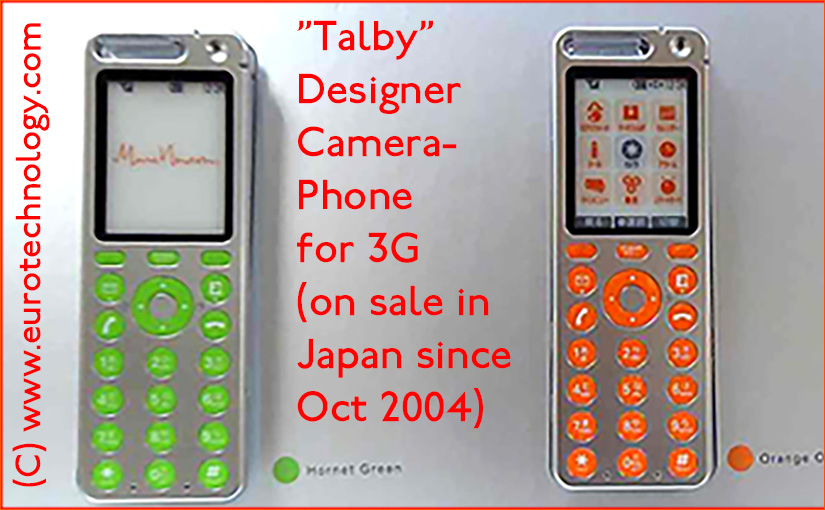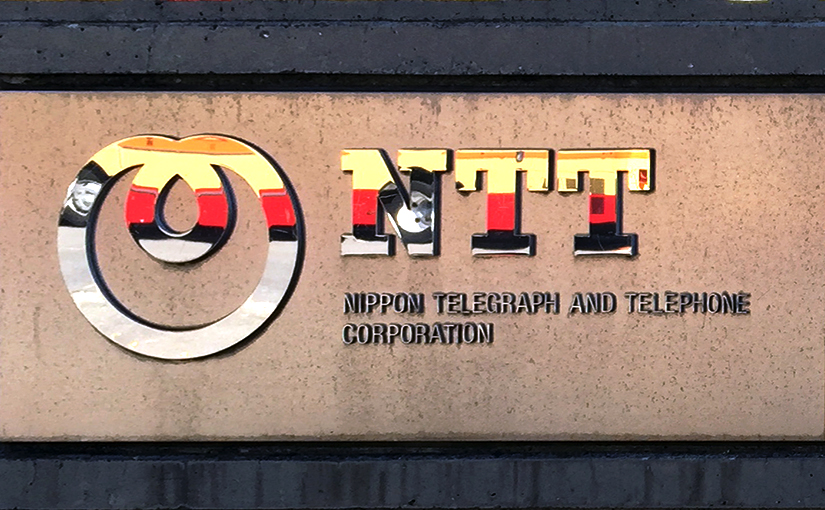Gerhard Fasol. news. events.
-
KDDI – au Design Series mobile phones (today: iida brand) Marc Newson designed Talby phone and user interface for KDDI / au On 13 October 2004, KDDI/AU announced “talby”, the third phone in their “AU design series”. Volume sales start in December 2004. We expect that “talby” will be similarly successful as “infobar” one year…

-
NTT investments to defend NTT against challengers KDDI and Softbank KDDI and SoftBank challenging NTT’s dominating position in Japan’s telecom sector Softbank is rapidly becoming the third universal telco in Japan, targeting NTT’s most important income streams. KDDI of course is also targeting NTT’s fixed line income. NTT plans to intensify its defensive battle On…

-
Prepaid mobile phones are a huge business in Europe. In Japan prepaid mobile phone numbers are tiny, and NTT’s new CEO just announced that NTT-DoCoMo is planning to stop offering prepaid mobile phones altogether. Find detailed statistics and market shares per operator for Japan’s prepaid market in our report on Japan’s telecommunications sector. Copyright·©1997-2013 ·Eurotechnology…
-
The government coalition in Japan is preparing a law to outlaw prepaid mobile phones. The reason given is that too many prepaid phones are used for crimes, e.g. the “ore ore” fraud. The number of prepaid phones in Japan is very small, but it’s not equally distributed. DoCoMo has almost no prepaid users, and has…
-
The SonyEricsson mobile phone design team gave a very impressive presentation of their work at the Swedish Embassy yesterday. Here is Art Director Mr Kawagoi, who created the famous SonyEricsson logo, explaining the messages contained in his creation: Here Swedish Managers of the SonyEricsson Creative Design Center from Lund/Sweden: My conclusion: expect a lot more…
-
Completed version 8 of the “i-Mode Report” (260 pages, 45 figures, 120 photographs, and 25 tables) Main changes and additions: updated most statistics and graphs added a section on mobile games on i-mode updated the international section updated the 3G section updated the i-mode-FeliCa wallet-phone section corrected many errorsupdated the section on Japan’s telecom landscape:…
-
There is a saying the that the Prophet is not recognized within his/her own country – and I think that the inventor of Karaoke, Inoue Daisuke (井上 大佑) is not as famous in his own country as he deserves – but he was now recognized for his outstanding invention by the “Ig Nobel Prize” committee…
-
An article in The Economist about Vodafone is partly based on our analysis: “Vodafone- Not so big in Japan” (The Economist, Sept 30th, 2004) Copyright·©1997-2013 ·Eurotechnology Japan KK·All Rights Reserved·
-
Today’s top article in Nikkei is about Cable and Wireless-Japan: the article reports that Cable and Wireless is in discussion with Softbank and a private equity firm to sell their Japan operations. Apparently this news article is not confirmed, and it already mentions a purchase prize on the order of US$ 100 million. This article…
-
Tokyo Game Show 2004: smartphone games, mobile phones games the most exciting topic Games are one of the drivers for mobile phones – and mobile phones are a driver for games. So the Tokyo Games Show is the place to go… Tokyo Game Show 2004: Docomo’s mobile game partners DoCoMo – as usual at most…
